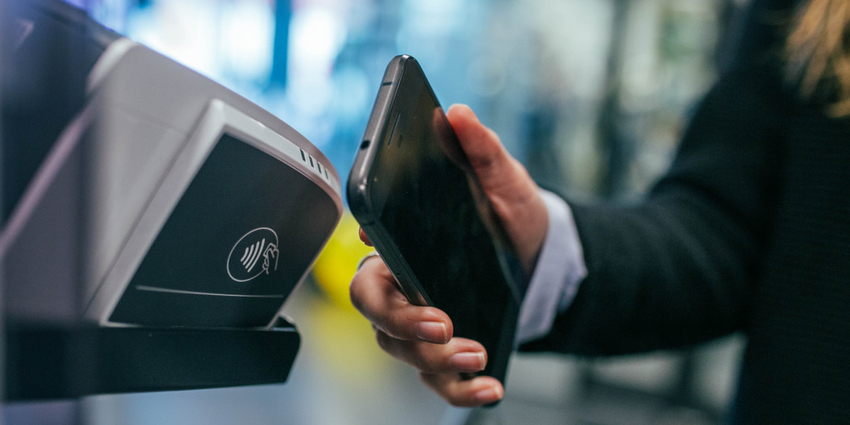Should consumers have their own account at a central bank if central banks also manage digital money in the future? What are the critical issues to be considered and why are we having this discussion at all? In a SAFE Policy Web Panel hosted by the Leibniz Institute for Financial Research SAFE, Markus Brunnermeier from Princeton University and Benoît Cœuré from the Bank for International Settlements (BIS) addressed these questions moderated by SAFE Senior Policy Fellow Hans-Helmut Kotz – as well as numerous other aspects raised by the audience during the discussion.
BIS representative Benoît Cœuré began the online event by emphasizing the pace of technological change, which has so far involved more than just cashless options and mobile user-friendly payment interfaces. Likewise, he said, cryptocurrencies, walled gardens and private-sector currencies such as Libra from U.S. industry giant Facebook, which is set to be replaced by the digital currency Diem later this year, can also be found on the market. “Central banks have been waking up to this perspective,” Cœuré said. Despite a recent surge in demand for cash, particularly in the euro area and China, central banks are increasingly adapting to the fact that digital money opens up a new bandwidth for payments, including for individuals and households.
Central bank money as an anchor of stability
Although deposit accounts and payment solutions for commercial customers are not business areas for central banks, Cœuré continued, “central bank money is a super-safe settlement asset allowing finality of payments, an enabler of outside liquidity provision and therefore crucial for financial stability,” the head of the BIS Innovation Hub found. Moreover, central banks are “commercially neutral” and, unlike big tech companies, do not profit from consumers’ data. If digital central bank money were now launched, the complexity would increase: the technology was not yet perfect, and future development was therefore uncertain, while at the same time people demanded maximum privacy. "We want a system that is fast, secure and open at the same time, but to ensure all that, we have to rely on international solutions,” Cœuré said. If we waited too long to do this, the big-tech companies could fill the gap.
These companies have economies of scale in terms of data processing, Markus Brunnermeier added. Big Techs could link payment details from customers with other information. “Banks can take over these processes in the first instance and thus become platforms themselves – or the Big Techs can also take over the business of banks,” said Brunnermeier. The core of the technological change is that artificial intelligence is opening up new possibilities for processing and using big data. This also has consequences for the financial sector: big tech companies are entering the field as new players. “The question is how we regulate these players,” the economist said.
The nature of public-private partnerships is changing
The market power of Big Techs is also changing the cooperation between the public and private sectors. While public-private partnerships have so far formed a two-tier system of cooperation between governments and banks, a three-way arrangement is crystallizing in the future that includes not only governments and banks, but also Big Techs and their platforms. “The government is on the defensive here,” Brunnermeier emphasized. Technological change is putting a new spin on classic questions of financial policy, he said. If, for example, a currency shifts into the digital space, which in turn is controlled by Big Techs, these companies could easily also significantly shape the central bank system and thus the financial stability of smaller countries. “Libra was a wake-up call,” the economist clarified. Central bank digital currency (CBDC), in turn, has the potential that government stimulus packages can be designed and assigned much more precisely, as China has already proven.
A whole series of comments and questions from the audience followed on from the remarks of the two panelists, for example on whether CBDC is suitable for the use of helicopter money. While Markus Brunnermeier saw the potential for this, Benoît Cœuré argued that “programmable money” was not a target objective for CBDC, but that it could be used to support fiscal policy. Other questions were along the lines of how digitization continues to influence changes in monetary policy, whether CBDC makes cryptocurrencies more attractive, and how the current historically low interest rate environment affects the adoption of digital central bank money. In particular, Cœuré and Brunnermeier agreed that both timing and transition issues were critical variables for the topic's further development.

